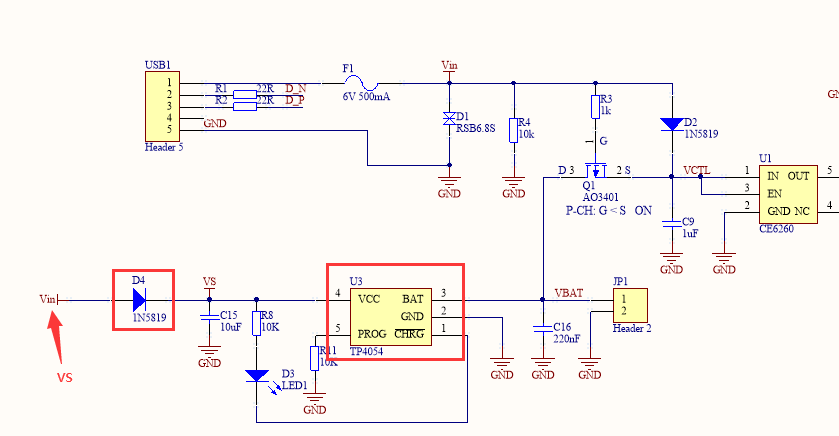Hello everyone, this is my first post here so I hope I am doing this correctly.
I’m trying to set up a weather monitoring station using a WiFi LoRa 32 V2 module. I want it to be powered with a 3.7V Lithium ion cell, and this cell would be recharged using a small 5 volt solar panel that would be constantly pluged in. I’ve seen that this board has a tp4054 battery charger regulator, can I connect the solar panel directly to the 5V input in the board? Do I need any additional hardware?
Furthermore, do you think that that leaving the solar panel constantly plugged will shorten the battery life? Maybe I should monitor the battery voltage and start charging when it reaches 3.8V and stop charging when it reaches 4.1V, this would be done using a mosfet transistor.
Any help will be kindly appreciated!


